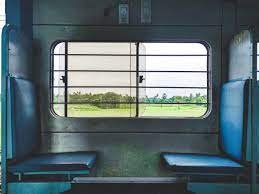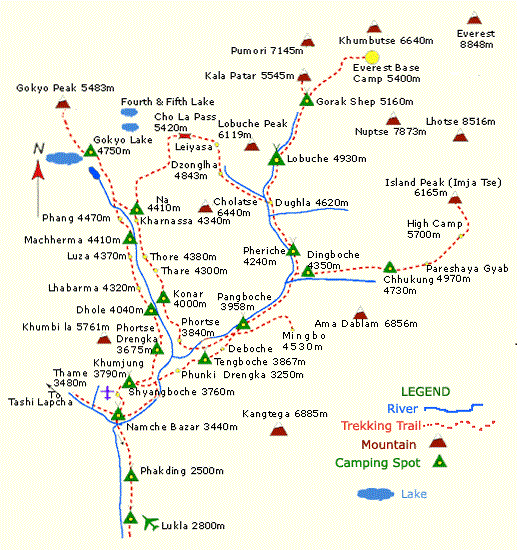
Introduction
Island Peak (IP) is a 6165m (20230 ft) mountain in Sagarmatha National Park, Himalayas, Eastern Nepal. it is the most popular climbing peak in Nepal.
In 1953 the British Mount Everest expedition team name it Island Peak because that's what the mountain looked liked from nearby Dingboche - an island amongst the sea of snow.
It was first ascended in 1953 by legends like Tenzing Norgay, Charles Wylie, Charles Evans, Alf Gregory and seven sherpas. They reached the south western summit. The main summit was climbed in 1956 by Hans-Rudolf Von Gunten and two unknown sherpas.
In the 1953 issue of Himalayan Journal, Charles Wylie wrote in an article titled 'Everest' -
"After three very pleasant days at Thyangboche we left in three parties for our first period of acclimatisation. Each party went up a different valley with the object of camping at about 17,000 or 18,000 feet and climbing, if possible, to 20,000 feet. Evans, Gregory, Wylie, and Tensing with seven Sherpas specially selected for work above the South Col, camped at the head of the Imja glacier beside a lake. Putting a further camp at about 18,000 feet, they climbed a 20,000-foot peak, which they named the Island Peak because it rose in the middle of the enormous area of ice formed by the glaciers flowing from Lhotse and the Imja-Barun watershed."
In 1983 it was renamed to Imja Tse, which literally translates to Island Peak in Nepalese. The english name is more commonly used. It's a common sight to see people attempting Everest in May to be doing acclimatisation rotations on Island Peak.
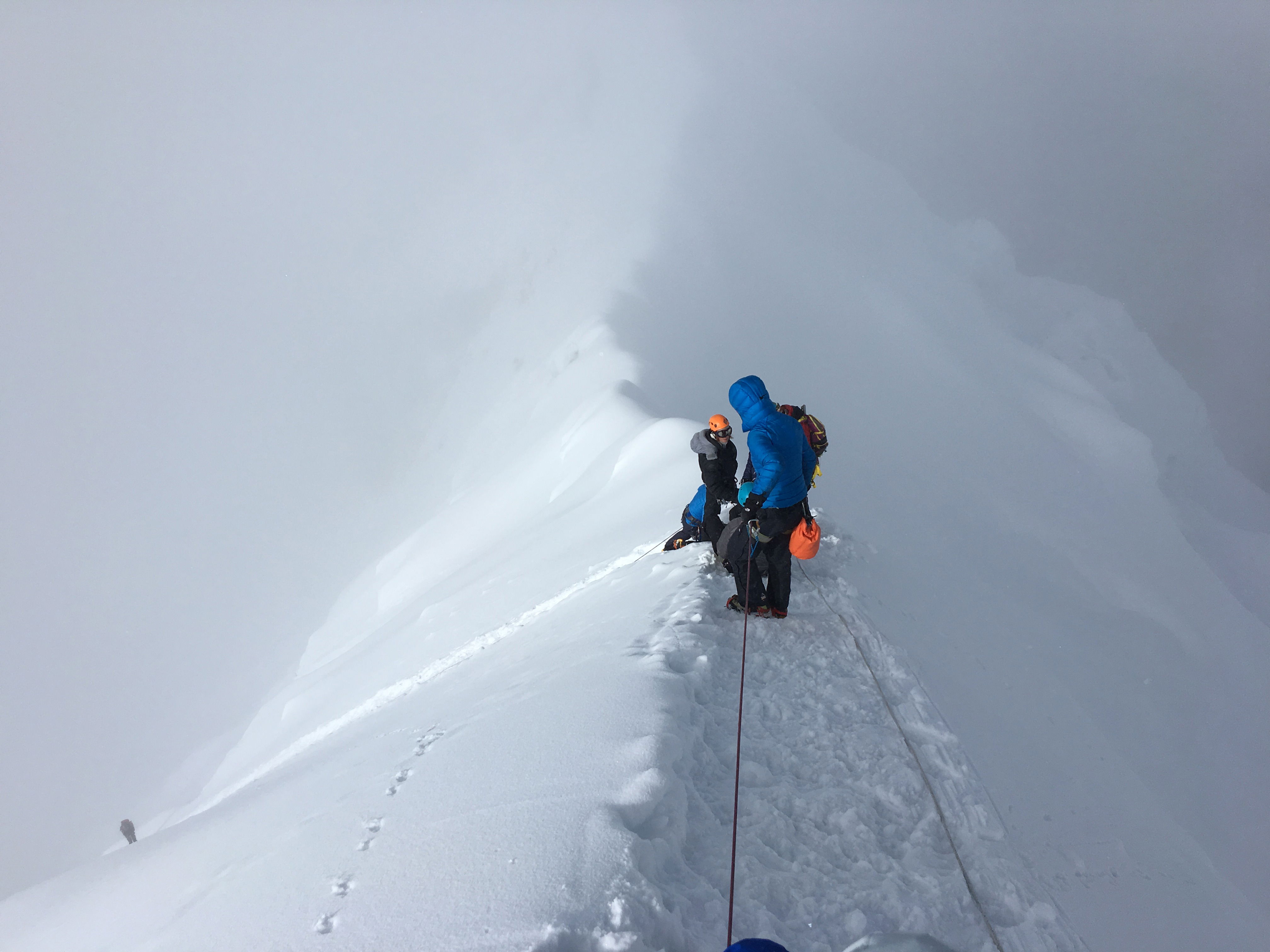
Right Time To Go
Pre-monsoon (mid march - may)
Post-monsoon (september - november)
Winters (not recommended)
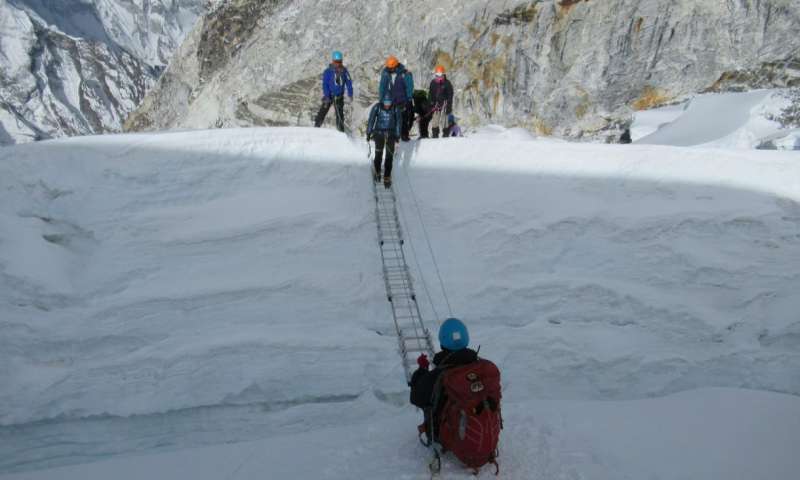
Difficulty Level
The Nepal Mountaineering Association (NMA) lists IP as a 'Group B' climbing peak and is supposed to be accompanied by a guide who is registered with NMA. IP is not a trek!
If you have never done a 6000m peak before this is a serious challenge. I'm not discouraging you, I am asking you to be prepared for what to expect. Hell, the first Indian peak I ever climbed was Stok Kangri back in 2013 so who am I to advise you to not be adventurous.
You can increase your chances of summiting IP by spending a lot more time in the mountains and acclimatise properly. Statistics show that climbers on the 14 day itinerary have a higher success rate than those who follow the 10 day itinerary.
Climbers who summited earlier this year narrated that due to glacial recession climbing on Island Peak has become more technical over time. This has resulted in the need for team members to have basic rope work and mountaineering skills. An ascent of Island Peak today involves the use of a ladder over the crevasse and fixed ropes on steep snow slopes towards the summit and back.
Any prospective climber should have basic experience in climbing rope management, harness, ascender (jumar), crampons, ice axe.
Pro Tip: Ask your expedition operator to organise a weekend technical climbing trip for climbers a month before you go. I write this newsletter while traveling in Telangana Express to Hyderabad for a similar weekend crash course.
Island Peak is the perfect transition from trekking to mountaineering. You will be playing with the big boys and girls. Do whatever is possible to up your current game.
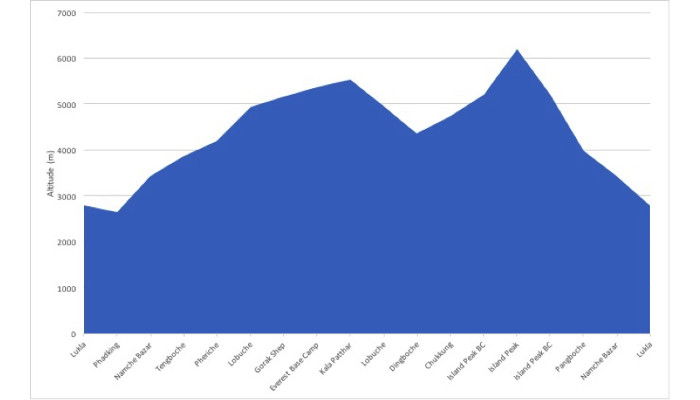
Altitude Mountain Sickness (AMS)
Imagine taking 3 weeks off from work & family, paying top notch money, being surrounded by world's tallest peak and not being able to summit because you didn't drink enough water or spend enough time at lower altitudes for proper acclimatisation.
There are steep sections in IP where you ascend very rapidly.
To be fully prepared for the expedition we are planning to climb the following altitudes before heading to IP:
Everest Base Camp (17598 ft)
Nangkartshang Peak (16676 ft)
Kala Patthar (18514 ft)
Island Peak (20230 ft)
Do everything to increase your chance of success.
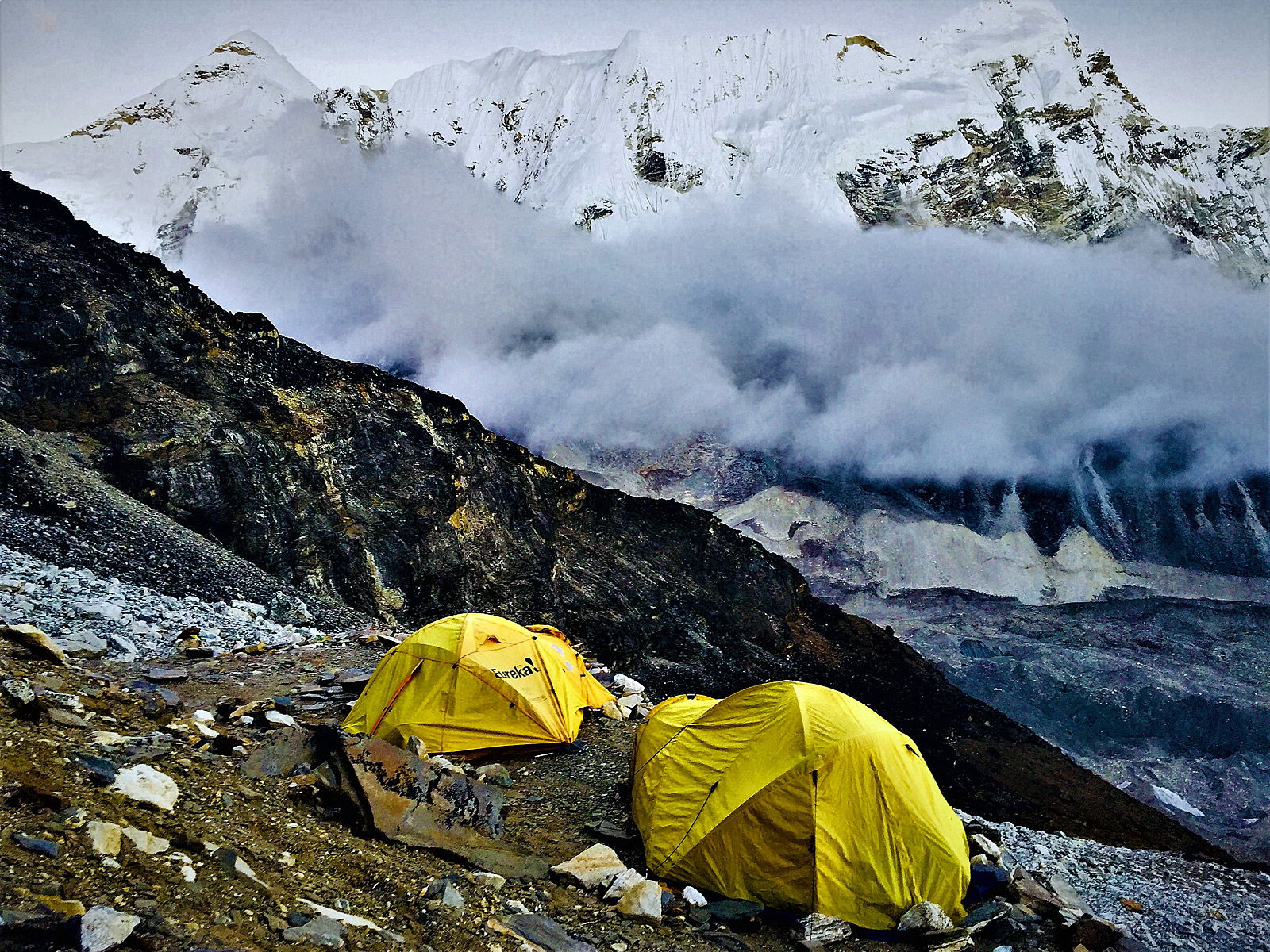
Base Camp vs High Camp
IP Base Camp : 16732 ft
IP High Camp : 18044 ft
IP Summit : 20230 ft
As you can see, setting up a high camp reduces the distance to summit by almost half and increases the chances of a safe and successful climb. The issue with high camp is the inability to get sound sleep at that altitude and difficulty carrying food and water. That said, It is the perfect launching pad for summit push, which from my extensive readings and conversations with climbers looks like this:
a) Climbers leave high camp at around midnight and start on rocky terrain zig zagging uphill.
b) Once you're on the glacier you cross a narrow ridge with drop-off on both sides. This should wake you up faster than coffee. It's supposedly not dangerous but challenging in terms of manoeuvring over rocks and at high altitude.
c) Next phase involves putting on your crampons to cross the glacier and ladder crossing(s) over crevasses. You will be moving slowly across the glacier.
d) Turn a corner and now you will be walking flat across the glacier up a 150m head wall at a 40-60 degree angle.
e) Finally, turn onto a narrow summit ridge, half a meter wide and straight up to the summit which itself is about a foot wide where you line up, sit, relax and enjoy the views.
Mt. Everest is 10 km away from IP but the gigantic Lhotse stands in front and blocks the view. Seen from the summit, the giant peaks of Nuptse (7,879m), Lhotse (8,501m), Lhotse Middle Peak (8,410m) and Lhotse Shar (8,383m) make a semi-circle to the north. The views of Makalu (8475m) in the east, Baruntse and Ama Dablam in the south add to the 360 panorama.
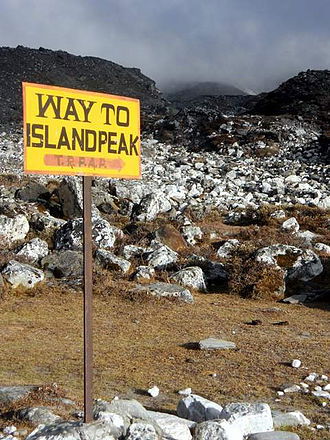
Sample Itinerary
Day 1: Kathmandu - Lukla - Phakding
Day 2: Phakding - Namchi Bazaar
Day 3: Acclimatisation Day
Day 4: Namchi Bazaar - Tengboche
Day 5: Tengboche - Pheriche
Day 6: Rest Day
Day 7: Pheriche - Lobuche
Day 8: Lobuche - Gorak Shep - Hike To Everest Base Camp - Gorak Shep
Day 9: Hike to Kala Patthar - Lobuche
Day 10: Lobuche - Chhukhung
Day 11: Chhukhung - IP Base Camp
Day 12: IP Base Camp - IP High Camp
Day 13: IP High Camp - Summit - Chhukhung
Day 14: Buffer Day
Day 15: Chhukhung - Pangboche
Day 16: Pangboche - Namche Bazaar
Day 17 - Namche Bazaar - Lukla
Day 18 - Lukla - Kathmandu
Costs
If you hire an expedition company they will include most of these costs in their package. Still, it doesn't hurt to know what we are paying for.
> Group B peaks incur a climbing permit fee of $350 upto a group of 4 climbers. Every additional climber is $40 / person.
> A $250 deposit to ensure garbage regulations compliance. (Why don't we do this in India, or do we?).
> Basic lodges will cost NPR 250, NPR 500 with attached toilet. If you don't buy meals from the lodge it will cost you more.
> Luxury lodges are around $150-200 / night.
> Food items cost NPR 200 - 500 each, a supper is around NPR 1000.
> Guide costs $25/day, porter $15/day and the expected tip is 15-25%.
> A round trip air ticket between Kathmandu and Lukla is about 22k INR.
> Charging phones / electronics is around 100 INR / charge.
> Sagarmatha Park Fees - SAARC (1500 NPR), Foreigners (3000 NPR), Nepalese (25 NPR).
> Trekkers Information Management Card (TIMS) - If you plan to trek the national park and not climb any peaks, you need a TIMS card. A blue one costs 1000 NPR for those in a guided tour and a green one costs 2000 NPR if you are an independent trekker. You don't need a TIMS card if you have a climbing permit, which you will if your primary purpose is to climb Island Peak.
Most insurance companies don't provide standard travel insurance for peaks above 6000m. You will need to ask your operator what your options and costs are. Don't skip this.
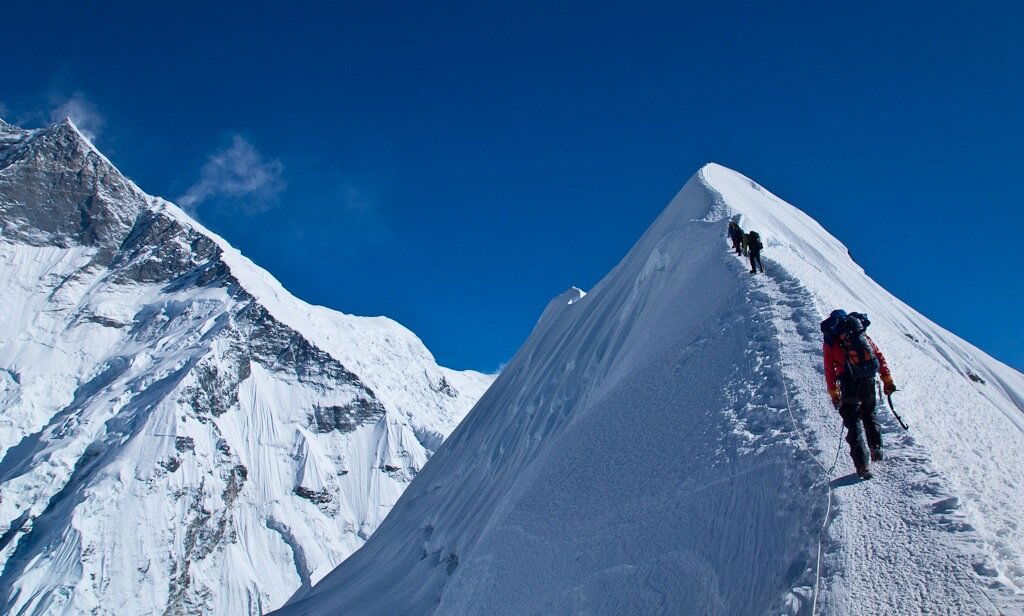
10 Important Reminders For Climbing Island Peak
1. Select the right itinerary - longer the better
2. Do some technical training before coming
3. Carry weighted backpacks (10 - 12kg) for 3 -5 hours, once a week
4. Make weighted stairs part of your weekly training program
5. Understand the summit push route and visualise reaching the summit
6. Practice Wim Hof breathing technique
7. Buy your gear (shoes, bag etc) early and practice in them
8. Hydrate to avoid AMS
9. Hire professionals, this is not the time peak to cut corners
10. Respect the mountain and the altitude

